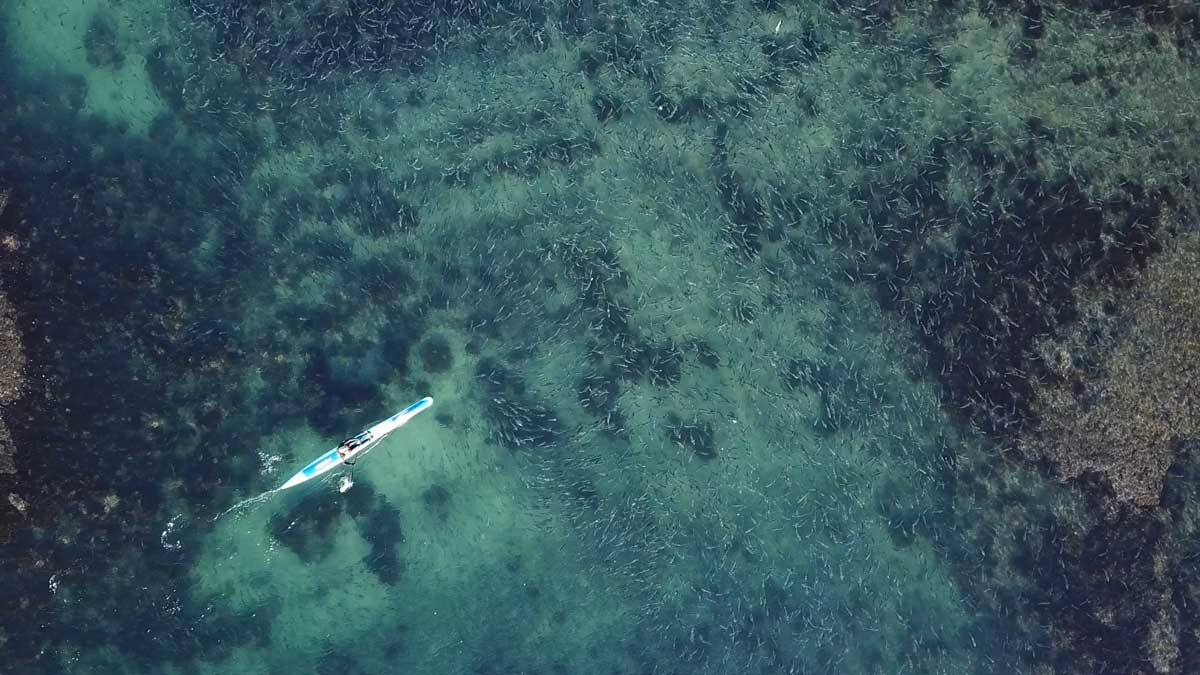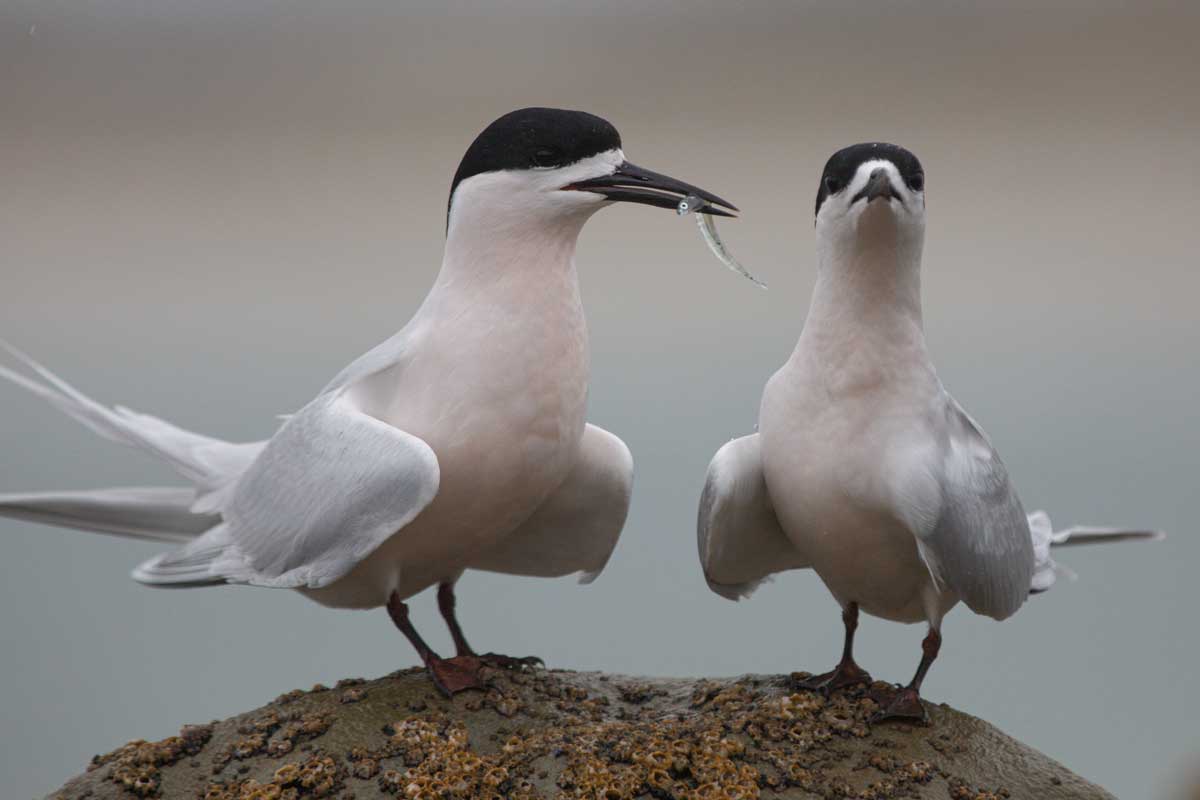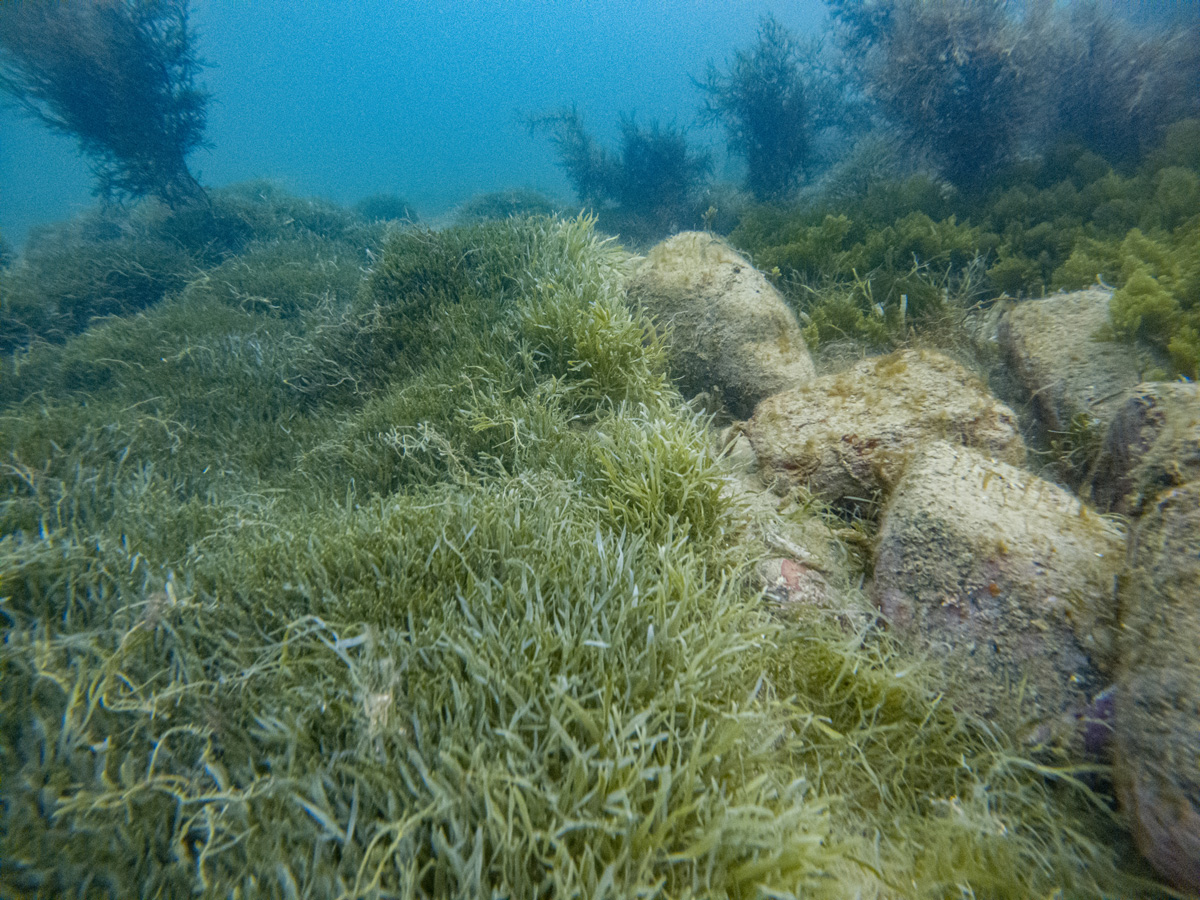The government’s recent amendment to the Hauraki Gulf/Tīkapa Moana Marine Protection Bill to allow some fishing in HPAs is supported by a claim that the method has low impact beyond the target species. This claim overlooks the complex and surprising interdependencies in gulf ecosystems – the reason for whole ecosystem protection in the first place.
The government’s recent announcement that it is proceeding to the second reading of the Hauraki Gulf/Tīkapa Moana Marine Protection Bill should have been a chance to pop the champagne corks. Instead, it brought a wave of despair for the many good folks, community groups, iwi, researchers, and fishers, who have worked tirelessly for meaningful protection.
After 11 years of hard slog, Tama Potaka, The Minister of Conservation, announced that the Bill would go ahead enabling increased protection and restoration of marine ecosystems that are sorely required to address long documented declines in the health of the Gulf. Elation turned to confusion and anger when at the last minute the Minister announced an amendment to the Bill to allow ring-net fishing in two of the parks’ 11 High Protection Areas (HPAs) at Kawau Bay and Motutapu / Rangitoto.
‘Ring-net fishing’ is a kind of set net fishing, think gill net, in which schools of fish are surrounded with a net laid out in a ring. It is usually done at night when fish are peacefully asleep in shallow bays dreaming of a protected net free future. The species officially targeted include kahawai, araara (trevally), kanae (grey mullet), and mango (rig or school shark, aka ‘dogfish’). But naturally as it’s a net, while it is in the water everything that swims into it is caught and killed.
There are several factors driving the governments rationale for this strange exemption, and while political motivations have been suggested I would like to deal with one of the more curious statements made by the Minister: the notion that ring-net fishing has little impact on the environment beyond the target species removed. I had to think hard on this one and presume the Minister’s statement implies that these species targeted by the nets have a “not so important” ecological role to play within the gulf ecosystem? The minister has been approached for clarification and in the meantime, we must assume “not so important” presents a contrast to the “important species” such as tāmure (snapper) and kōura (crayfish) that with marine protection will recover to control the kina hordes that are destroying our kelp forests. It is a nice easy narrative, but it is not correct. It does not reflect the reality of how our gulf’s ecosystem works, and such a view cannot be the basis of evidence-based policy.

The truth is all ecosystems, our gulf included, are dynamically and wondrously interconnected. As just one example from my own area of expertise take the Tara / white fronted tern / kahawai bird. This iconic little tern will resonate with many who love the gulf, as it pursues its prey in fast flashing flights across the sparkling waters, looking for schooling predatory fishes such as kahawai and trevally that drive small fishes and zooplankton to the surface to be captured by the diving birds. As a Generation X’er the calls of Tara were the sound of my childhood on the water. These days? Not so much. Like everything in the Gulf, the mauri/ lifeforce of Tara has dimmed with our recent survey work indicating a big decline in the extent and abundance of breeding colonies of this taonga in the last few decades. Indeed, Tara are now listed as ‘At-risk – Declining’ by the New Zealand Department of Conservation, meaning we could lose these beautiful little birds if we are not careful.
Small but important colonies of Tara breed within the HPAs proposed by the government for ring-net fishing. We have been monitoring them and they are just hanging on but could benefit so much from total marine protection. Just imagine if we could fulfill the dreams of those fish for a net free future; imagine a future where whole ecosystem protection leads to increased abundance of the fish schools (it will as there are a multitude of scientific studies demonstrating this), where hard working Tara, and other seabirds, can find food to feed their chicks over the boiling shoals of unfished kahawai and trevally and their populations boom (as a seabird scientist I can tell you that with an abundance of food seabird populations grow and flourish), a world where the vast amounts of nutrients (poo!) from growing Tara breeding colonies fertilize and speed up the growth of the seaweed forests (recent studies in the gulf have demonstrated this amazing phenomenon in action) recovering from the ravages of kina now controlled by tāmure and kōura themselves in recovery.
It is a beautiful dream, a dream of elevating mauri of whole ecosystems above and below the water. It is a dream we have almost realized for around 6% of the gulf under the Hauraki Gulf/Tīkapa Moana Marine Protection Bill. But we won’t get here by only protecting parts of the jigsaw puzzle of life, we won’t get there by allowing some harvesting. And saying that a type of destructive harvesting like ring net fishing will have minimal ecological effects in HPAs is not supported by any scientific evidence. We deserve better.




